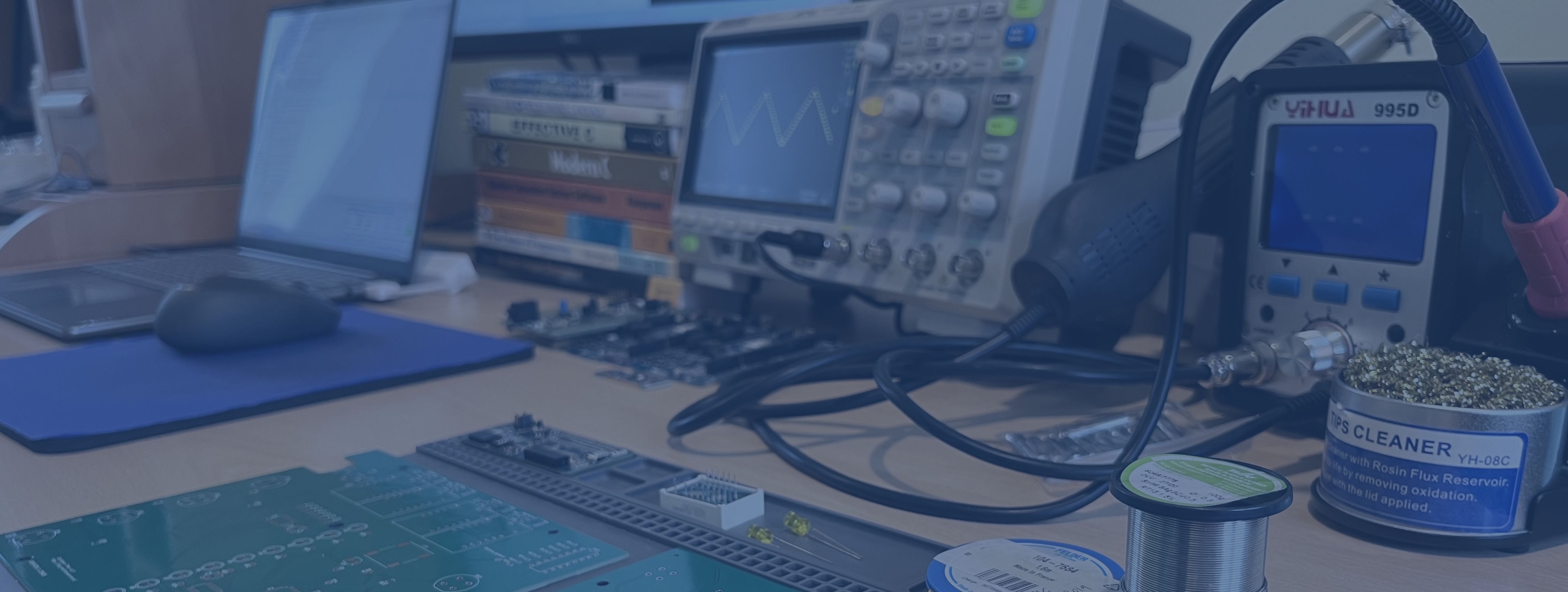Answering My Own Interview Question On Integer Maths In C
I've been using this interview question for the last 20 years to test embedded C engineers: Given the formula for Fahrenheit as 9 * C + 32 = F - 5 Write a function to convert unsigned char tempInC to unsigned char tempInF (ie. All values are bytes, including intermediate results). The processor has no floating point library. Recently I was intrigued to find that a very similar problem was posed by professor James M. Conrad at the University of North Carolina at Charlotte at this point in his lecture on Embedded Systems: Software Testing. The responses I used to get were similar to what the students gave in that video. Whilst some candidates would think this was a maths problem that needed rearranging to solve for tempInC, others thought that I just wanted them to write the formula in…
Continue reading...